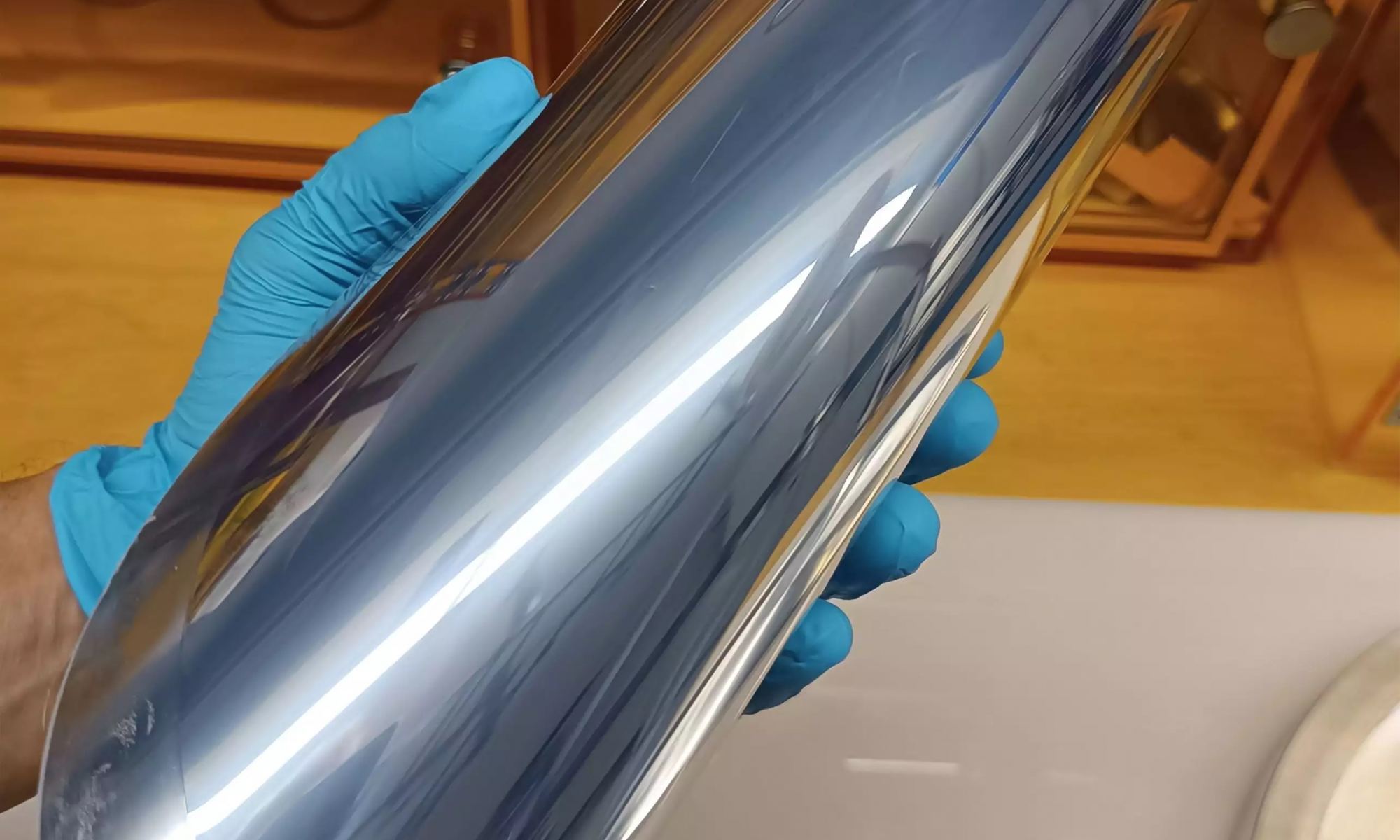The James Webb Space Telescope (JWST) is the most powerful and sophisticated observatory ever built. It is also the most expensive, owing to the complexity of its design and the rigorous testing this entailed. To ensure the telescope could fit into its payload fairing, NASA engineers designed the JWST to fold up (origami-style) and unfold once it reached space. It is little wonder why astronomers and astrophysicists hope to develop flexible, lightweight materials that can maintain the perfect shape and be folded up to fit compactly inside a launch vehicle.
This has the potential to reduce the size and mass of space telescopes and the complexity of their designs, thus reducing launch costs. During the COVID pandemic, researchers at the Max Planck Institute for Extraterrestrial Physics (MPE) developed a new method for producing and shaping high-quality parabolic membrane mirrors. So far, the MPE team has fabricated prototypes up to 30 cm (12 inches) in diameter that are much thinner and more flexible than conventional mirrors. In the long term, this method could drastically reduce the cost of manufacturing and deploying space telescopes.
The method takes advantage of a new technique known as Chemical Vapor Deposition (CVD), which is typically used to apply coatings to materials. In recent years, CVD has also shown considerable promise when it comes to manufacturing supermaterials like graphene ribbons, miniature nuclear batteries, and diamonds. Along with his colleagues at the MPE, Dr. Sebastian Rabien adapted a CVD method where monomeric molecules are deposited inside a vacuum chamber, where they combine to form a polymer.

The key to the process is a liquid-filled container that rotates, causing the liquid to form a parabolic shape that provides the “mold” for shaping the membrane. When the polymer is thick enough, a reflective metal coating is layered on top, and the liquid is removed. This is the first time the process has been used to create parabolic membrane mirrors with the necessary optical qualities for astronomy. The method is also cost-effective and can easily be scaled up to create lenses measuring several meters (dozens of feet) in diameter.
The prototypes they created have demonstrated the method’s feasibility and laid the groundwork for the production of larger, packable mirrors. As Dr. Rabien, a specialist in infrared astronomy, said in a recent MPE press release:
“Launching and deploying space telescopes is a complicated and costly procedure. This new approach – which is very different from typical mirror production and polishing procedures – could help solve weight and packaging issues for telescope mirrors… it lays the groundwork for larger packable mirror systems that are less expensive than usual.”
The thin, lightweight mirror created using this technique can easily be folded or rolled up for launch atop a rocket. To ensure that the mirror can retain its parabolic shape after unfolding in space, the team developed an adaptive shape control that uses spatially variable light projection. When applied to the mirror, this technique causes localized temperature changes that cause it to bend and assume the right shape. Beyond space telescopes, this technique could also have applications for next-generation observatories here on Earth.

In the coming years, several observatories with primary mirrors measuring 30 meters (close to 100 feet) in diameter will become operational. These include the ESO’s Extremely Large Telescope (ELT), the Giant Magellan Telescope (GMT), and the Thirty Meter Telescope (TMT). These observatories will rely on Adaptive Optics (AOs), where mirrors adjust their shape to compensate for atmospheric interference. This new technique could be used to fashion extremely large mirrors that are lightweight, flexible, and cheaper to produce.
The next steps for the research team will be to develop a more sophisticated adaptive control system and build a meter-sized (3.3-foot) deposition chamber. This will allow for scaled-up prototypes and provide a means for testing how well the final surface can be shaped and how much initial distortion the mirrors can tolerate. Larger prototypes will also allow the team to study the surface structure of large-scale primary mirrors and how well they can unfold.
Further Reading: MPE

